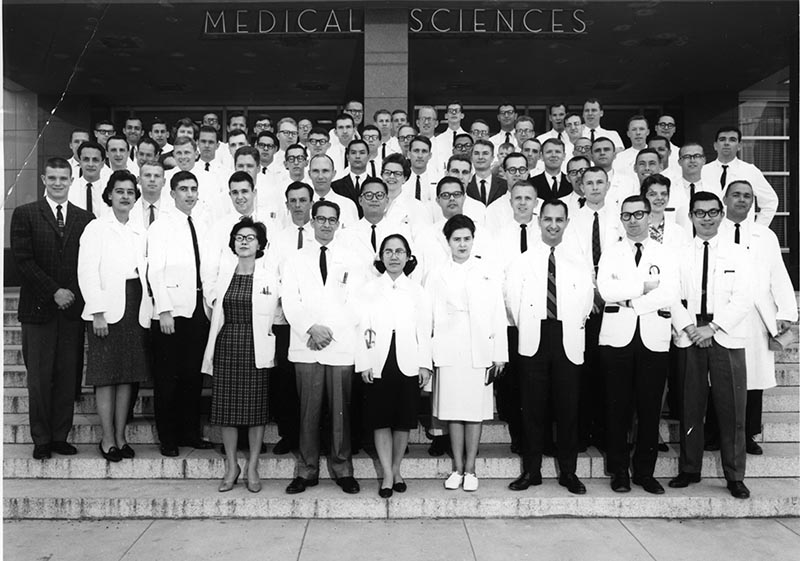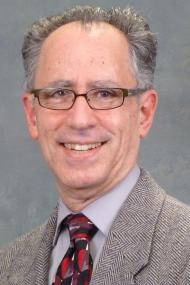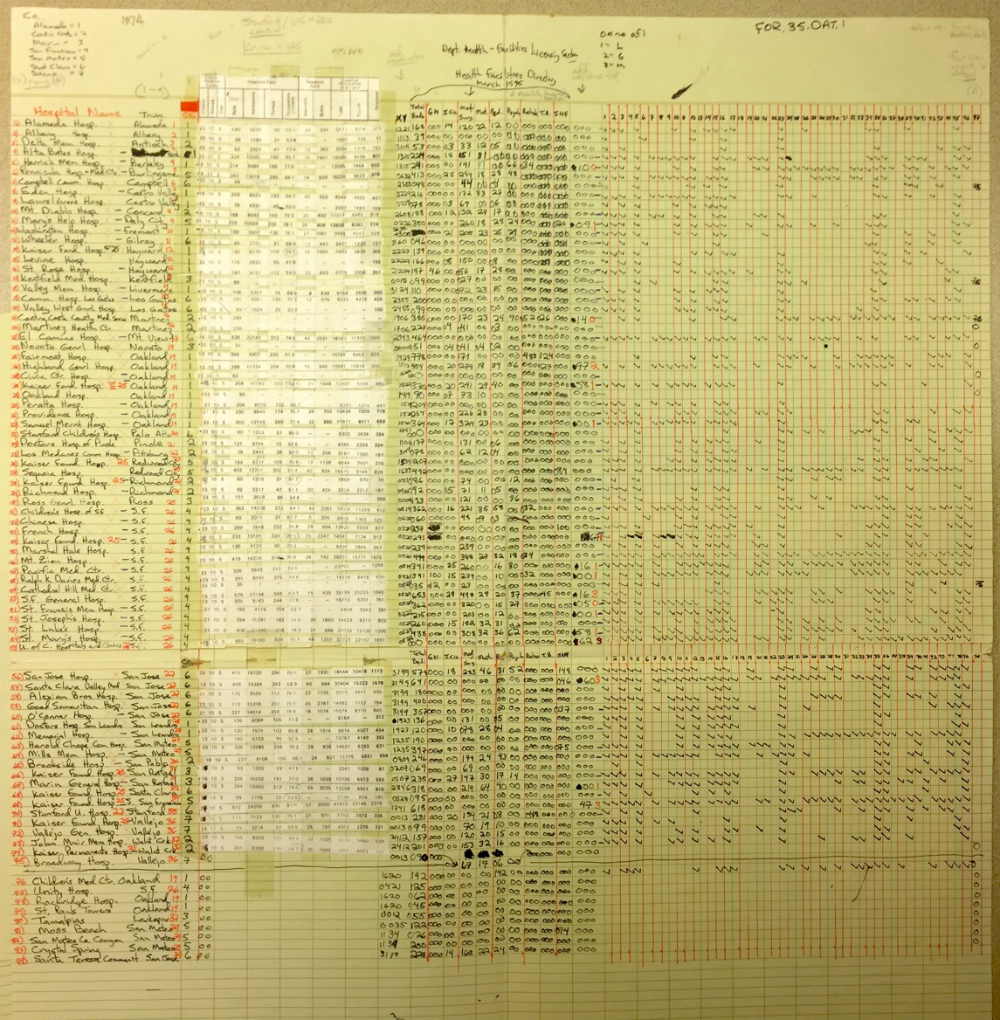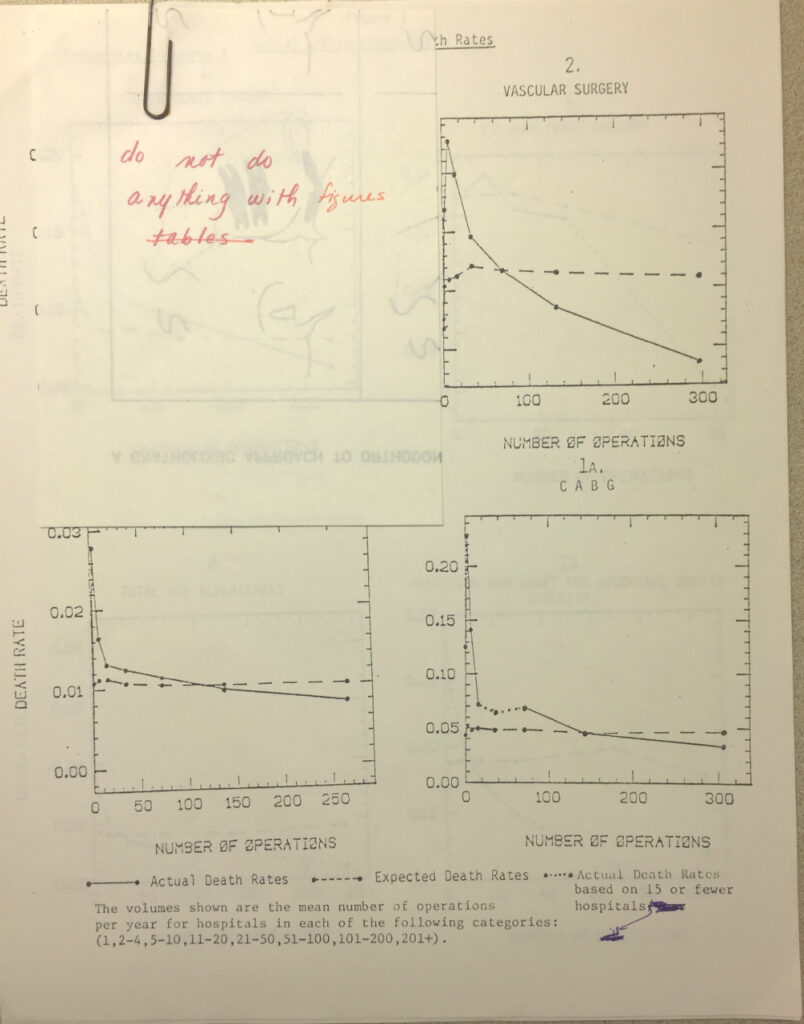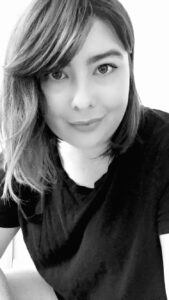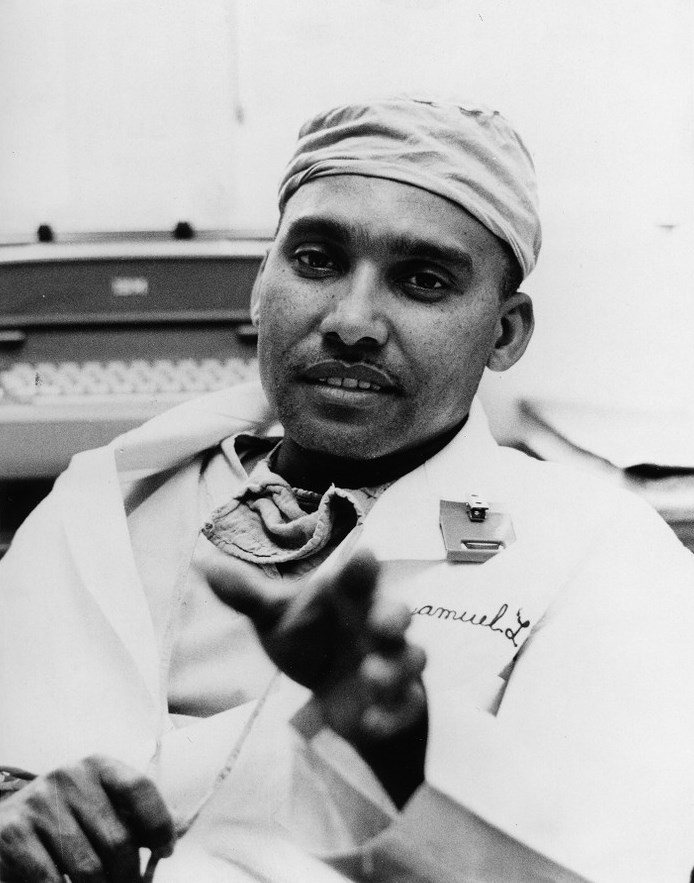Date: Friday, March 3rd, 2017
Time: 12 pm – 1:15 pm
Lecturer: Zach Bleemer (UCB)
Location: Lange Room, 5th Floor, UCSF Library – Parnassus
530 Parnassus Ave, SF, CA 94143
This event is free and open to the public. Light refreshments will be provided.
REGISTRATION REQUIRED: http://calendars.library.ucsf.edu/event/2941746
In his talk at the UCSF Archives & Special Collections, Zach Bleemer will discuss how he has used data science – thousands of computer-processed versions of annual registers, directories, and catalogs – to reconstruct a near-complete database of all students, faculty, and courses at four-year universities in California in the first half of the 20th century, including UC San Francisco (which taught both undergraduates and graduate students at the time). Visualizations of this database display the expansion of higher education into rural California communities, the rise and fall of various academic departments and disciplines, and the slow (and still-incomplete) transition towards egalitarian major selection.
Zach will also discuss his recent CSHE Working Paper, in which he uses additional digitized records to analyze the social impact of the early 20th century’s expansion of female high school science teachers and female doctors across rural California communities. He finds that newly-arrived female STEM professionals serve as important role models for young women in these rural communities, causing substantial increases in female college-going. However, these young women are no more likely to study STEM fields or become doctors themselves.
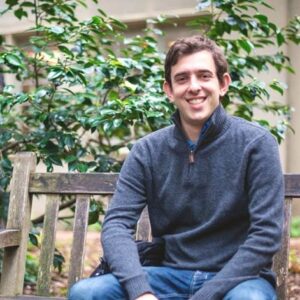
Zach Bleemer
Zach Bleemer is a PhD student in Economics and Digital Humanities Fellow at UC Berkeley, where his research examines the educational and occupational decisions of young Americans. He has previously held senior research analyst positions at the Federal Reserve Bank of New York and Mathematica Policy Research, and has published working papers on student debt, parental coresidence, and university attendance. He is also currently a Research Associate at UC Berkeley’s Center for Studies in Higher Education and a Visiting Scholar at the Federal Reserve Bank of San Francisco.
UCSF Archives & Special Collections launched this lecture series to introduce a wider community to treasures and collections from its holdings, to provide an opportunity for researchers to discuss how they use this material, and to celebrate clinicians, scientists, and health care professionals who donated their papers to the archives.

